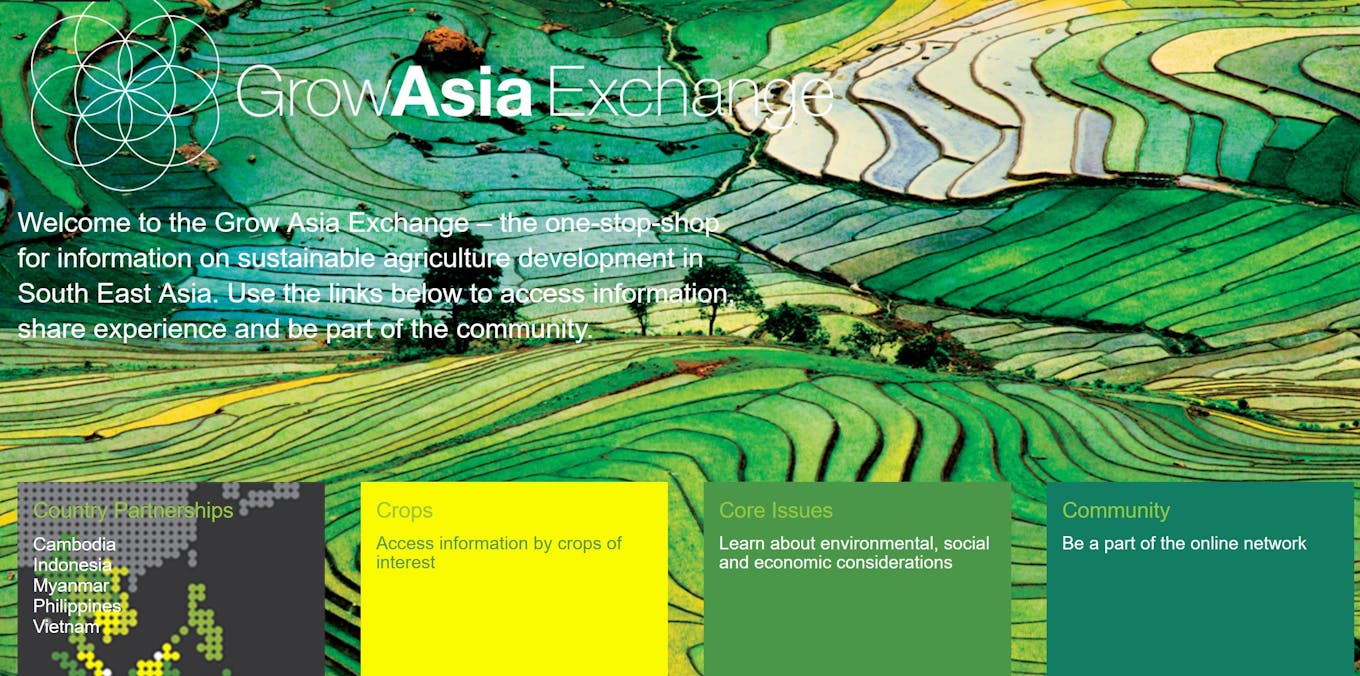According to the World Food Programme, 795 million people — one in nine — go to bed on an empty stomach each night. Even more - one in three - suffer from some form of malnutrition.
To continue reading, subscribe to Eco‑Business.
There's something for everyone. We offer a range of subscription plans.
- Access our stories and receive our Insights Weekly newsletter with the free EB Member plan.
- Unlock unlimited access to our content and archive with EB Circle.
- Publish your content with EB Premium.
Some 60.5 million of the world’s undernourished are in Southeast Asia. The region’s population is expected to reach 721 million by 2030, up from 608 million people now, placing the food supply under intense pressure.
Climate change poses additional challenges for the region’s agricultural economy, as prolonged droughts and increasingly unpredictable monsoon rain patterns affect planting cycles and crop yields.
So, how will Southeast Asia bring about a resilient and sustainable food future for its people over the next 15 years?
This was the focus of the Grow Asia forum at the recent World Economic Forum (WEF) on ASEAN in Phnom Penh, Cambodia.
With food demand in Southeast Asia predicted to rise by up to 40 per cent by 2050, Grow Asia, an initiative established by WEF in cooperation with the ASEAN Secretariat to improve food production and the livelihoods of smallholder farmers, proposed a two-step approach to ensuring sufficient and sustainably grown food for all: rapid innovation in the agricultural sector, and engaging young farmers and entrepreneurs to embrace sustainable agriculture solutions.
“
These and other innovative approaches on the ground will help scale up our efforts to achieve broader impact and provide sustainable livelihoods for smallholder farmers.
Grahame Dixie, executive director, Grow Asia
Farming goes digital
Grow Asia highlighted that it is important to tap digital and data solutions that are suitable across varied types of farming.
Two of its newly launched sustainable farming innovations were presented at the event to about 120 participants: the Grow Asia Counter and the Grow Asia Exchange.
The Grow Asia Counter is an online tool for calculating and monitoring the greenhouse gas emissions for farming high-value crops and staples such as cocoa, coffee, tea, corn, rice and potatoes.

Screen shot of the introduction page to the Grow Asia Counter. Source: Grow Asia
Using the counter, stakeholders and farmers can enter the amount of emission sources involved in their farming practices, such as the amount of diesel used in water pumps for rice irrigation, pesticide and herbicide use and manure applications.
The tool will then analyse the data and count the CO2 emissions for every year, and suggest alternative practices that could reduce emissions.
The Grow Asia Exchange is a knowledge repository and learning hub for sustainable agriculture development in the region. Stakeholders can use it to access information on the environment, social and economic considerations for a crop they are interested in investing in.
Currently, information is available from five countries, including Cambodia, Indonesia, Myanmar, Philippines, and Vietnam and work is progressing to gather information from other ASEAN member countries.

Screen shot of the introduction page to the Grow Asia Exchange. Source: Grow Asia
Grahame Dixie, executive director, Grow Asia, said these new tools would “help scale up our efforts to achieve broader impact and provide sustainable livelihoods for smallholder farmers”.
Engaging young farmers
Another threat to food security in Southeast Asia is the reluctance of younger people to take on farming jobs.
This problem was already reported three years ago at the 2014 Grow Asia Forum by Robert S. Zeigler, director general of the Philippines-based International Rice Research Institute (IRRI) who said that the typical age of farmers across the region is 50-60. To put this in perspective, half of Southeast Asia’s population is under the age of 30.
This year’s forum again highlighted the importance of getting young people interested in agriculture.
Jens Hartmann, head of Asia-Pacific for German pharmaceuticals giant Bayer, commented: “Harnessing technology to come up with innovative solutions can help reduce resources while attracting young people to engage in agriculture.”
Cambodia has already started aligning its agricultural strategies with Grow Asia’s approach, starting with six crops that are being monitored using the Grow Asia Counter while encouraging more young partners to join the framework.
Grow Asia has more initiatives in the pipeline for its member countries to raise the income of up to 10 million smallholder farmers by up to 20 per cent by 2020.
These initiatives include the Learning Partners’ Network, which is designed to bring together research expertise and link information between the private sector and academia, and the development of a free, mobile platform to provide farmers with agronomy and market information.
Sarita Nayyar, managing director, WEF, commented: “Ensuring a sustainable future will require stakeholders to intensify their efforts through collaborative platforms like Grow Asia.”

















